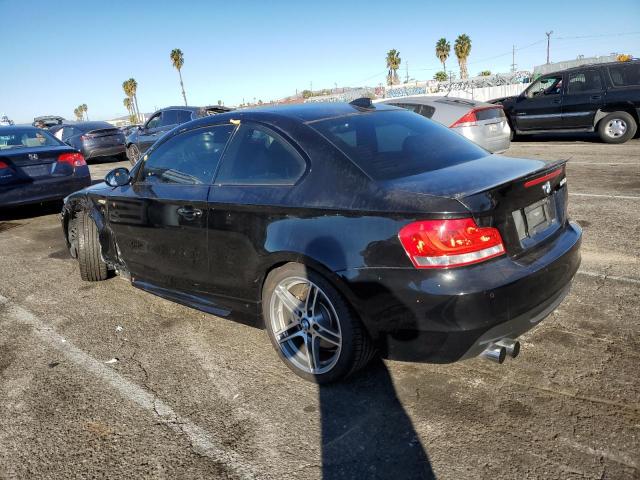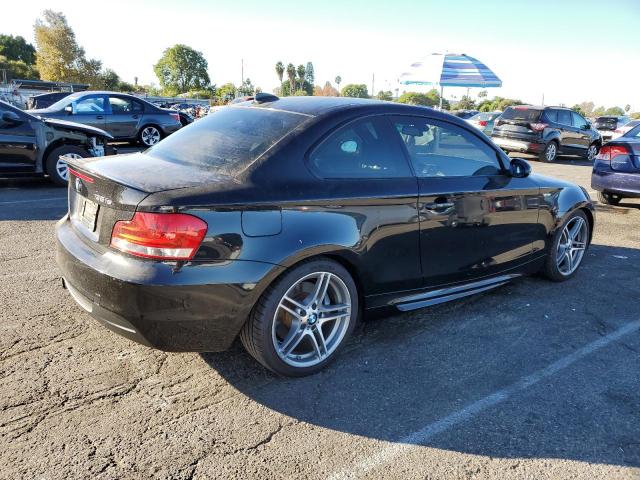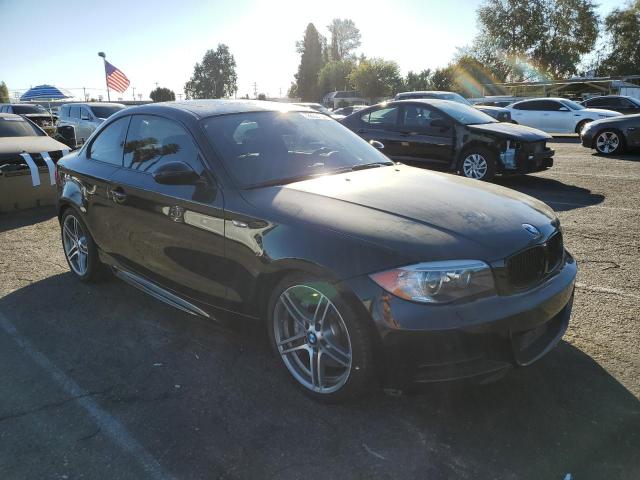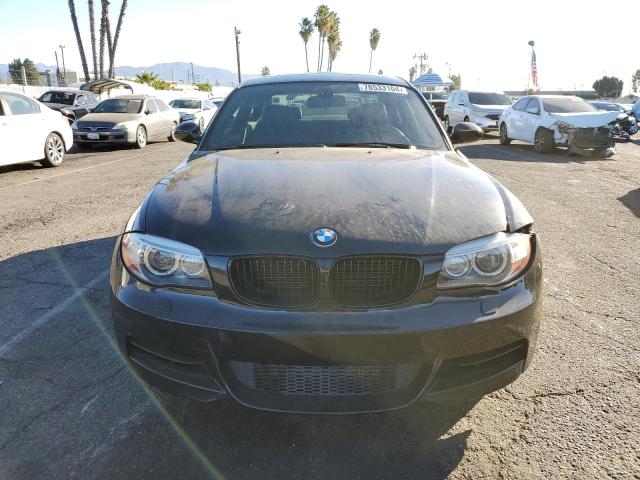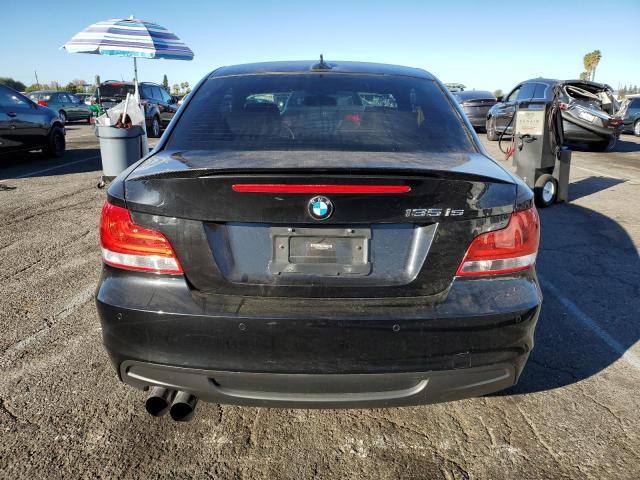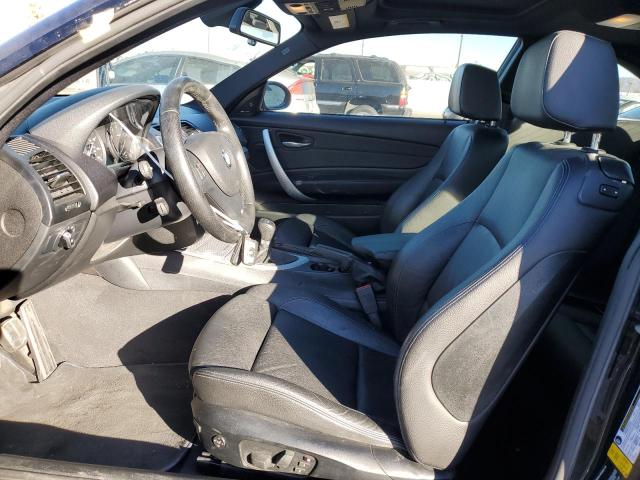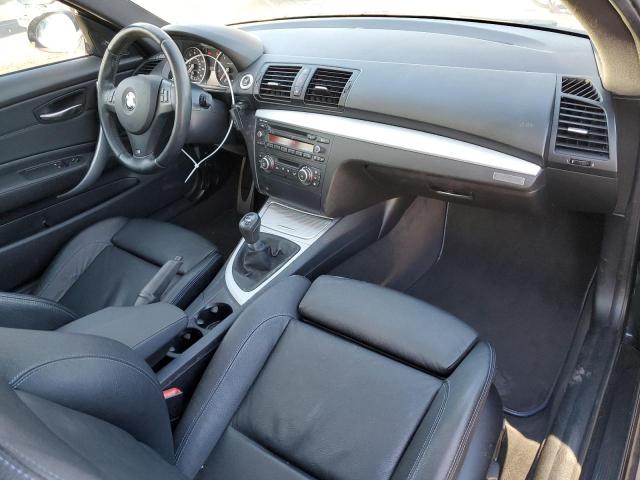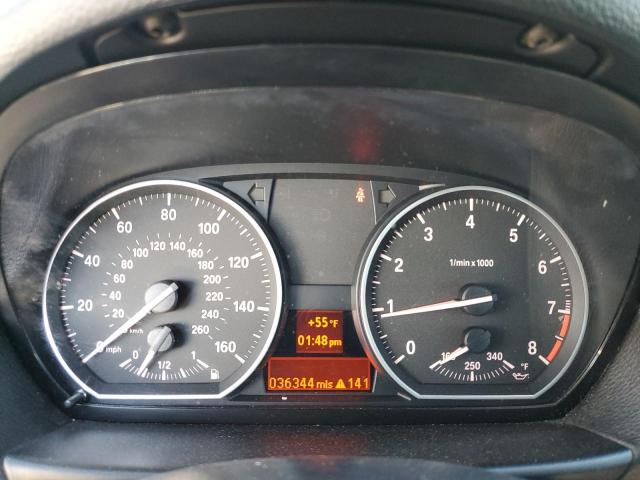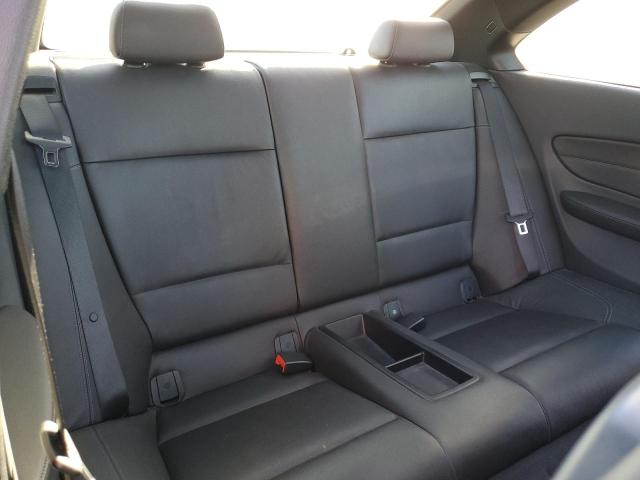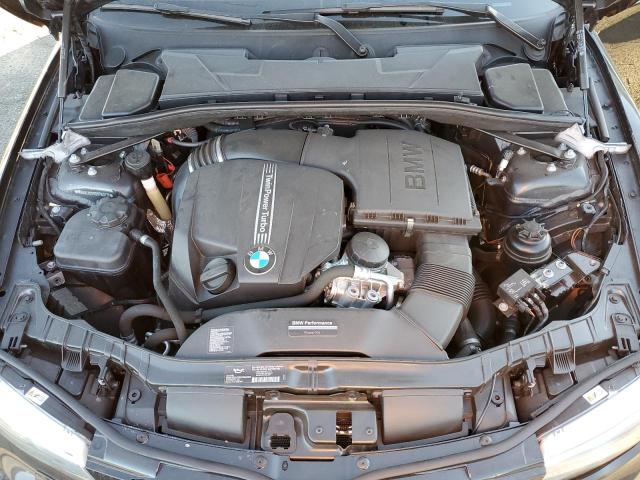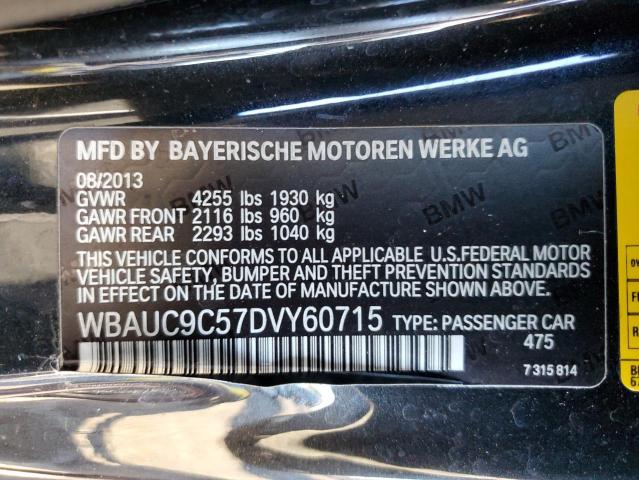2013 BMW 135I | WBAUC9C57DVY60715
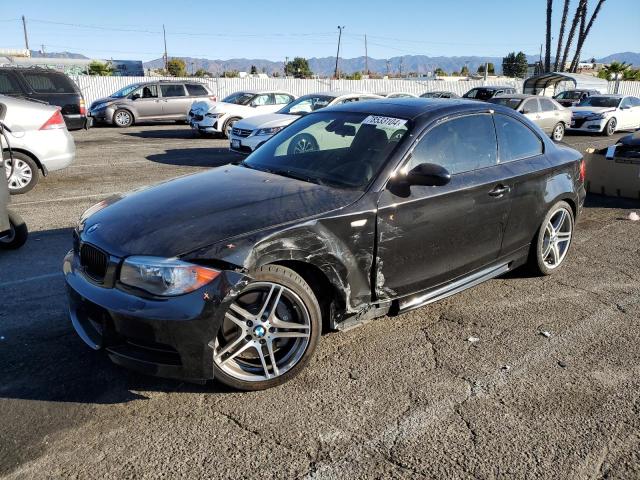 ❯
❯Lot details
- Sale Date2025-07-25
- Lot Number78533104
- ACV17000 $
- Sale documentCA - SALVAGE CERTIFICATE
- LocationCA - VAN NUYS
- Odometer36,344 miles (58,490 km)
- Primary DamageFRONT END
- Secondary DamageSIDE
Vehicle specifications
6
~$40,000
Engine: 3.0L inline-6 (N52)
Torque: 315 Nm
0–100 km/h: ~6.0 s
The 130i stood at the top of the standard 1 Series lineup, delivering a potent naturally aspirated inline-six that was both rev-happy and torquey, giving it genuine rear-wheel-drive performance credentials. Despite the relatively compact footprint, the 130i sprinted to 100 km/h in just 6 seconds, placing it firmly in the territory of sportier compact sedans and hatchbacks of the era. The engine's balance and linear power delivery made it a standout in a class increasingly dominated by turbocharged fours.
In corners, the 1 Series shined with its near-perfect weight distribution and hydraulically assisted steering that delivered precise feedback. BMW’s decision to retain a rear-wheel-drive layout in a compact hatchback platform made the car feel unusually nimble and connected. It didn’t understeer like most front-driven rivals, and its firm yet composed suspension made it a joy on winding roads without punishing daily comfort.
At its core, the 1 Series was a purist’s proposition: a compact car that didn’t compromise on driving dynamics. It felt like a distilled 3 Series, especially in three-door or coupe form. Even the diesels, while tuned more for efficiency, offered balanced handling and strong torque. The 130i was a rare breed — a hot hatch for enthusiasts who valued precision over flash.
Final Bid BMW 1 Series (2013)
$14,000
$14,000
$14,000
Body Styles
The first-generation 1 Series came in four distinct body styles: 3-door hatchback (E81), 5-door hatchback (E87), 2-door coupe (E82), and 2-door convertible (E88). The hatchback had a slightly tall and narrow stance, with a long hood and short rear overhang, giving it unique proportions in the compact class. The coupe, introduced later, featured a lower roofline and tighter rear deck, resembling a shrunken 3 Series coupe. The convertible kept the soft-top tradition alive with a clean silhouette and balanced profile. All variants rode on a relatively long wheelbase, enhancing both high-speed stability and interior space, especially in the rear seats.
Model Name Meaning (Manufacturer)
The number “1” marked its position at the entry point of BMW’s lineup, symbolizing the smallest and most affordable rear-wheel-drive platform offered by the brand. BMW positioned it as the spiritual successor to the classic 2002, emphasizing driving purity and compact performance.
Body & Interior Colors and Rims
Exterior colors included elegant shades like Alpine White, Jet Black, Monaco Blue, and Crimson Red, alongside more expressive options such as Le Mans Blue, Valencia Orange (on later models), and Cashmere Silver. The hatchback leaned toward a practical, urban look, while the coupe and convertible were offered in more expressive tones to emphasize their sportier character. Optional M Sport packages introduced specific bumpers and trim-matching colors.
Inside, the 1 Series featured cloth, Sensatec, or leather upholstery in black, beige, or grey. Aluminum, brushed metal, and dark wood trims varied by trim line and market. M Sport models gained unique steering wheels, aluminum pedals, and blue stitching. The interior design followed BMW’s classic driver-oriented layout, with a high-quality dashboard and frameless door glass in the coupe.
Wheel designs ranged from simple 16-inch alloys on base models to aggressive 18-inch multi-spoke or double-spoke designs on sport and M Sport trims. Finishes included silver, gunmetal grey, and diamond-cut options. Optional staggered wheel setups on the 130i coupe enhanced both traction and stance.
Top Expensive Options
- M Sport Package: $3,500
- Navigation Professional System: $2,200
- Adaptive Xenon Headlights: $1,200
- HiFi Audio System: $950
- Dakota Leather Seats: $1,600
- Heated Front Seats: $500
- Electric Sunroof (Coupe/Hatch): $1,000
- Convertible Power Soft Top: $3,000
- 18" Double-Spoke Style 261 Wheels: $1,400
- Comfort Access Keyless Entry: $800
vs Competitors
The 1 Series had few true rivals in the early 2000s because it was the only rear-wheel-drive compact premium car in its class. Compared to the Audi A3 and Mercedes-Benz A-Class of the era, the BMW offered sharper handling and a more engaging drive. It also had better engine refinement, particularly in six-cylinder form, where it easily outclassed turbo fours in response and character. The 1 Series was more expensive and less spacious, but its unique drivetrain layout and superior steering feel made it the go-to choice for drivers prioritizing dynamics over practicality. Even against hot hatches like the VW Golf GTI or Ford Focus ST, the 130i was a more composed, premium alternative — one that sacrificed a bit of edge for long-term balance and quality.
Fun Fact
In coupe form, the 130i was often dubbed a "baby M3" due to its high-revving inline-six and compact proportions. It became a sleeper favorite in BMW circles and was a rare sight in North America, where the hatchback body style was never officially sold — making it a sought-after grey import years later.



